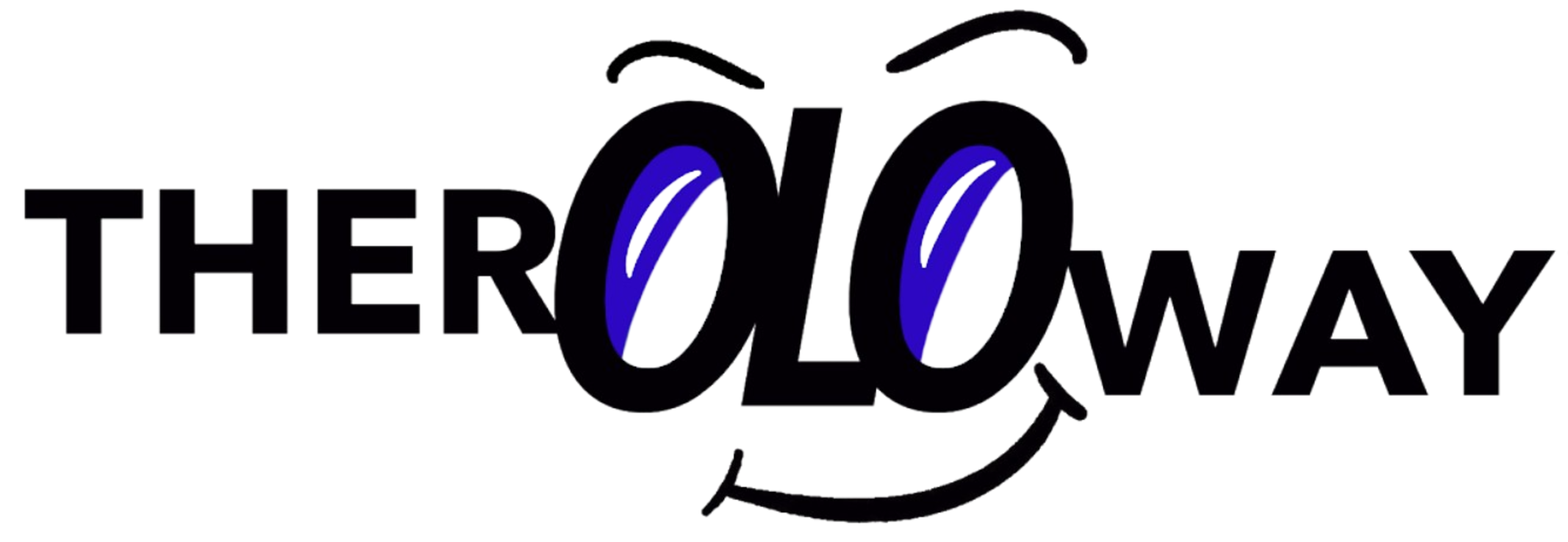Meet The First Living Dire Wolves After Being Extinct For 10,000 Years
Often called man’s best friend, dogs trace their ancestry to a diverse lineage of wolf subspecies that evolved across continents. This deep evolutionary connection has shaped the modern dog and laid the groundwork for one of the most ambitious genetic breakthroughs of our time. In a stunning leap forward, scientists at Colossal Biosciences have used ancient DNA and advanced gene-editing technology to resurrect a creature lost to history: the dire wolf. This apex predator vanished over 10,000 years ago.
Once among the top predators of prehistoric North America, the dire wolf (Canis dirus) dominated the Late Pleistocene landscape alongside massive mammals like American lions and short-faced bears. Weighing up to 70 kilograms, dire wolves were built for taking down large prey, and their fossilized remains—especially the thousands recovered from California's La Brea Tar Pits—have long offered researchers a glimpse into their ecological importance. However, despite their abundance in the fossil record, dire wolves vanished around the end of the Pleistocene, while relatives like grey wolves and coyotes survived. Raising questions about how closely dire wolves were related to these modern canids and why they didn't make it through the climatic upheavals of the Ice Age's end despite their seeming strength and ubiquity.
For decades, scientists assumed dire wolves were simply larger versions or subspecies of grey wolves due to their nearly identical skulls and body structures. But morphology can be deceptive. Dr. Laurent Frantz and his team turned to ancient DNA and proteomics to uncover the dire wolf's origins. By extracting genetic material from 46 subfossil specimens found across the U.S.—though only five yielded enough usable DNA—they discovered that dire wolves were not close relatives of grey wolves. They diverged from other canids 5 to 7 million years ago, having evolved independently in the Americas, while grey wolves and coyotes arrived much later from Eurasia.
The discovery was even more surprising because dire wolves didn't interbreed with the incoming grey wolves or coyotes. This starkly contrasted modern canid species, which are known for their frequent hybridization and gene sharing—traits that have helped them adapt to new environments and challenges. Grey wolves, for example, have demonstrated remarkable plasticity, adjusting their behaviors and acquiring beneficial traits like black coat color from domestic dogs introduced by humans. This genetic flexibility likely contributed to their survival. In contrast, the dire wolf's long-term genetic isolation may have left it ill-equipped to cope with rapidly changing climates and dwindling prey populations.
Ultimately, the dire wolf's extinction may reflect a more profound evolutionary lesson: specialization can become a liability in a changing world. While dire wolves had a successful and efficient body plan for millions of years—one so effective it closely resembled the modern grey wolf's—they lacked the genetic and ecological flexibility that defines today's surviving canids. Without the ability to adapt quickly or integrate new traits through hybridization, they were trapped by their evolutionary waypoint. Their story shows how even apex predators can fall, not from weakness but from an inability to change when it matters most. Yet ironically, just as their extinction has become a symbol of evolutionary limits, 2025 has witnessed the beginning of an extraordinary reversal—thanks to the pioneering efforts of Colossal Biosciences.
Using ancient DNA and cutting-edge gene editing, scientists at Colossal identified 20 key genetic differences that set the dire wolf apart from its modern relatives. By carefully inserting these genes into grey wolf cells and implanting the edited embryos into domestic dog surrogates, they achieved what was once the realm of science fiction: the birth of three genetically reconstructed dire wolf pups—Romulus, Remus, and Khaleesi. These pups not only carry the physical traits of the long-extinct predator, such as their larger size and distinct skull structure, but they also represent the beginning of a bold new chapter in de-extinction science. Where nature had drawn a line, human innovation is now reaching across time, raising profound questions—not only about what can be revived but also about how we choose to "edit" the ecosystems of the future.
